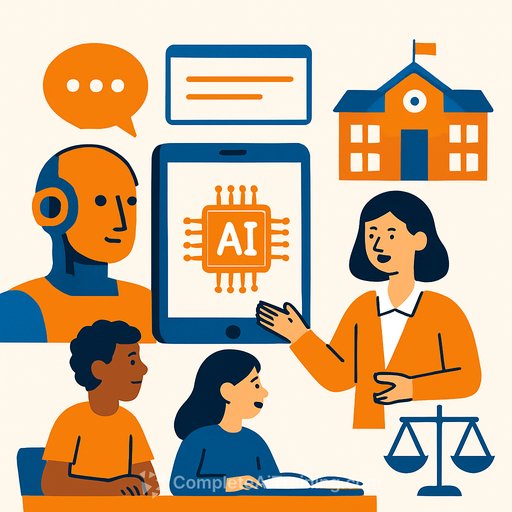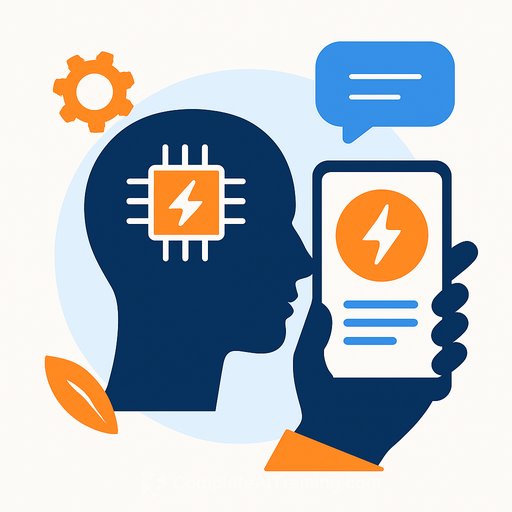Future-Proofing K-12 Communications: School PR Strategies in the Age of AI
A recent report from the National School Public Relations Association (NSPRA) and ThoughtExchange highlights the growing role of AI in K-12 communications. Based on insights from 200 school communication professionals across 37 states, the report sheds light on how AI tools are reshaping daily work and offers practical advice for ethical and effective use.
AI is helping school communicators streamline tasks, enhance accessibility, and respond quickly in urgent situations. Yet, the report stresses the need for clear policies, staff training, and transparency. Balancing innovation with intentional human oversight remains key.
AI’s Role in School Communications
According to Barbara M. Hunter, APR, executive director of NSPRA, “AI cannot replace the strategy, relationships, and human voice that define effective school PR.” The technology should support, not substitute, the human judgment that guides communication strategies.
- 91% of surveyed professionals already use AI tools in their communications work.
- 69% report that their districts lack formal policies governing employee AI use.
- 61% do not disclose AI use in official communications.
The findings reveal that while AI improves efficiency and message clarity, concerns about data privacy, misinformation, and overreliance on automation persist.
Balancing AI and Human Connection
George Psiharis, CEO of ThoughtExchange, emphasizes that AI is becoming a valuable assistant for school communicators. Still, authenticity in human connection remains central to building trust and understanding within communities.
When districts actively listen to their stakeholders, they can foster engagement and create policies that truly reflect community needs.
Recommendations for District Leaders
The report offers four practical steps to manage AI responsibly in school communications:
- Enhance AI education and awareness: Train staff to understand AI capabilities and limitations.
- Accelerate policy development: Update guidelines to keep pace with technology advancements.
- Expand policy scope: Include employee use of AI, not just student-related applications.
- Shift to proactive policy making: Move beyond reactionary approaches to thoughtful planning.
These steps help bridge the gap between emerging AI tools and the people using them to support students, staff, and families. The key is combining AI’s benefits with human oversight and transparent communication.
For communication professionals looking to deepen their understanding of AI tools and best practices, exploring targeted training can be valuable. Resources like Complete AI Training’s latest courses offer practical knowledge tailored to today’s needs.
Your membership also unlocks:






